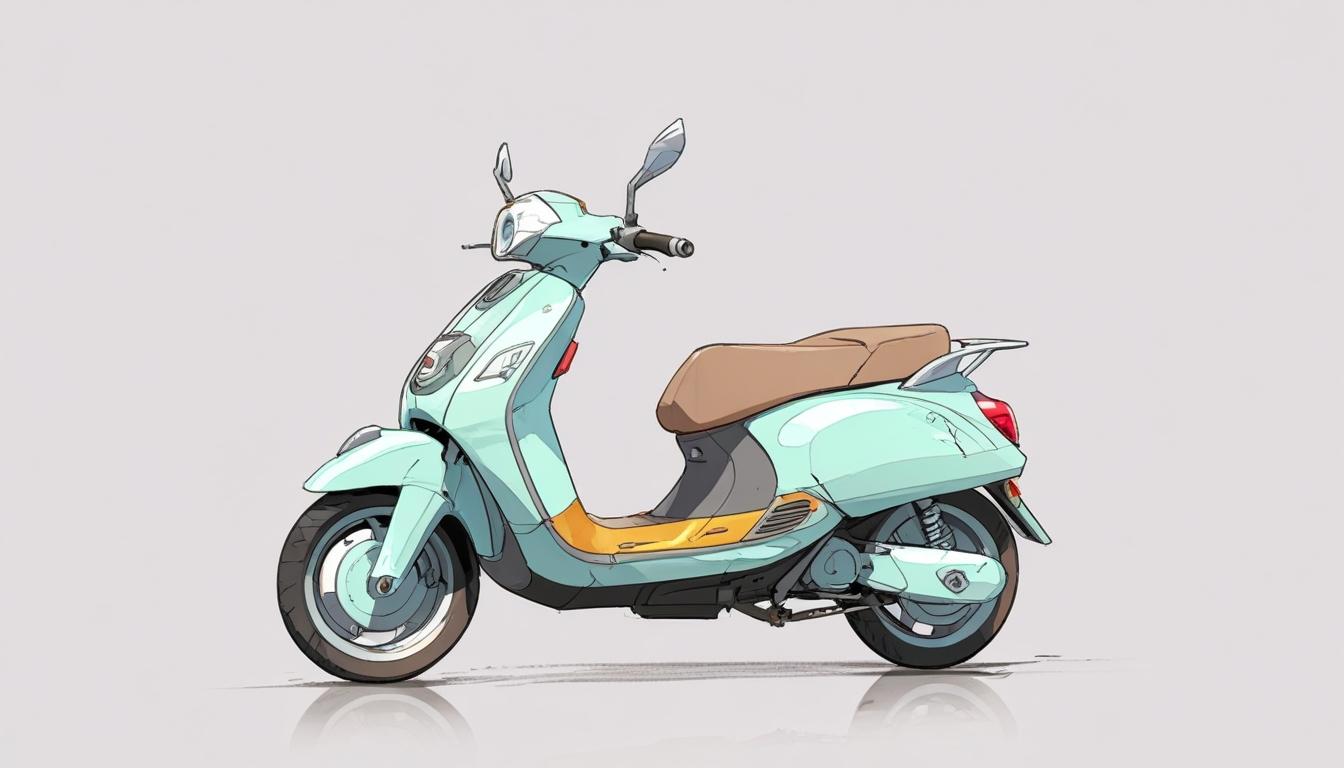The electric vehicle (EV) segment in India's two-wheeler market has undergone significant transformations over the past few years, marked by shifts in market dynamics and evolving competitive landscapes. According to Abhishek Gaoshinde of Mirae Asset Sharekhan, the initial phase of EV adoption—dominated by new-age companies—has largely concluded. These early entrants successfully expanded the market but have since seen their cumulative market share decline, while legacy manufacturers such as Bajaj and TVS Motor are capturing an increasing portion.
Gaoshinde highlights that over the last five years, traditional players have made strong inroads into the EV sector. Both Bajaj Chetak and TVS have been aggressive in gaining market share. TVS recently announced that approximately 19% of its revenues come from the EV segment, while Bajaj reports that 20-25% of its domestic revenue is generated from electric vehicles. This shift indicates the industry is now transitioning into a second phase, where profitability and long-term viability of manufacturers will be closely monitored.
The expected third phase, as projected by Gaoshinde, could involve market consolidation, with weaker or non-serious players potentially exiting. Legacy manufacturers are anticipated to strengthen their positions as the sector matures.
New-age players such as Ola Electric made a significant market entry, exemplified by Ola's high-profile, though volatile, stock market listing. However, investor sentiment has grown cautious following a substantial correction in Ola’s share price, which has fallen over 60% from its peak. The market’s reaction is compounded by unresolved internal challenges at Ola.
Amidst this backdrop, Ather Energy, another prominent EV start-up, has announced its Initial Public Offering (IPO). Investors and market watchers are closely examining Ather’s prospects, particularly in comparison to Ola. Gaoshinde points out that both companies are currently loss-making and face stiffer competition from entrenched automakers. Importantly, Ather Energy has not qualified for the Production-Linked Incentive (PLI) scheme, which has implications for its cost advantages.
Gaoshinde cautions that the electric two-wheeler industry is distinct from other technology-driven markets such as e-commerce or FMCG. EV firms are burning cash to sell products without clear visibility on future repeat purchases. Rapid advancements in technology may render current designs obsolete, adding uncertainty to market forecasts. This environment makes it difficult to apply traditional valuation techniques, such as discounted cash flow analysis, due to the lack of predictable earnings and future cash flow data.
“The EV disruption is unlike previous market disruptions where cash burn was aimed at acquiring market share. Here, cash is burnt just to sell a product without assured repeat business, and evolving technologies mean current products might soon be outdated,” Gaoshinde explained to Taaza Khabar 247.
The evolving scenario suggests legacy players might emerge as disruptors themselves, challenging the early new-age entrants. The ongoing transition in market leadership and technological innovation is shaping the future trajectory of India’s two-wheeler EV market, prompting closer scrutiny by investors and industry analysts alike.
Source: Noah Wire Services
